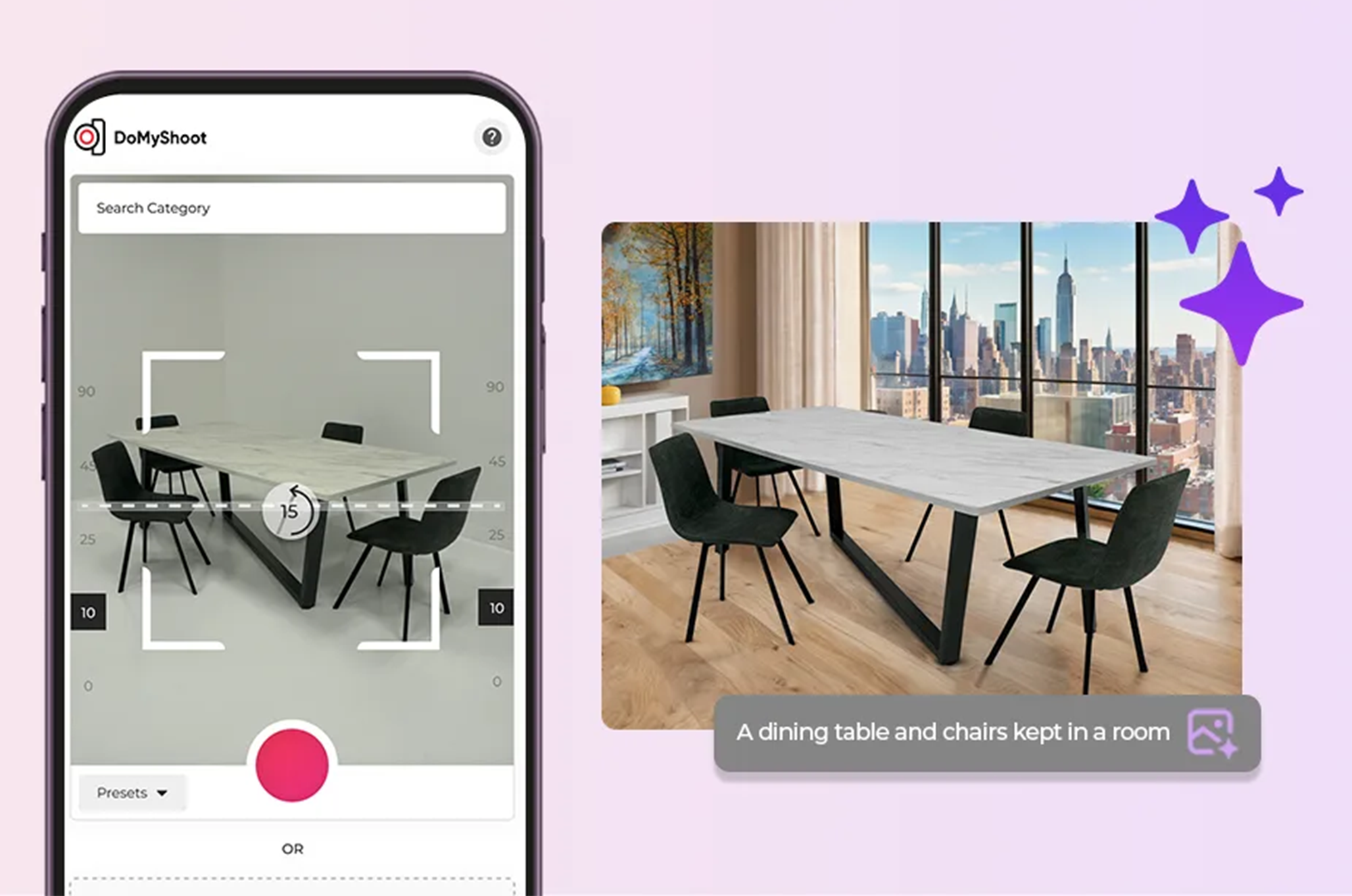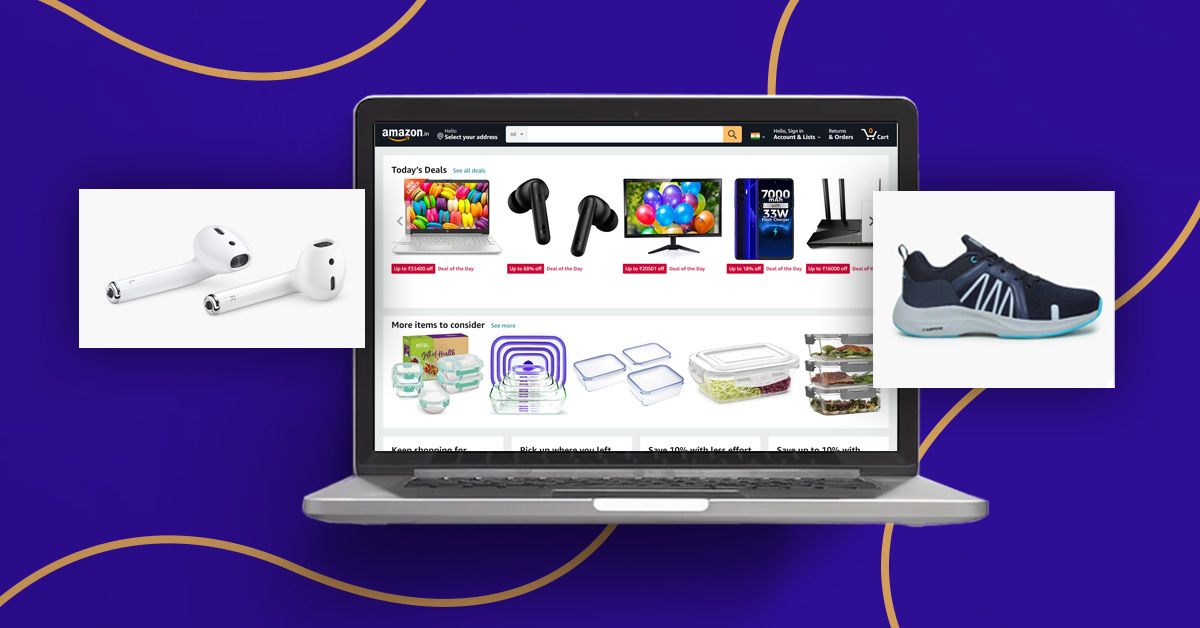I know it’s a struggle to get your products noticed on crowded marketplaces, for instance, Amazon. With millions of sellers competing for attention, Amazon listing optimization has become more crucial than ever in 2025.
Think of your product listing as your digital storefront. Just as you wouldn't welcome customers into a disorganized physical store, you shouldn't expect shoppers to engage with a poorly organized and optimized Amazon listing. But what exactly makes a listing "optimized"?
Here, in this guide, we are providing you with proven strategies to enhance your Amazon product listings, boost visibility, and ultimately drive more sales. Whether you're a seasoned seller or just starting out, these techniques will help your products stand out in Amazon.
What is Amazon Product Listing and Why is Its Optimization Important?
An Amazon product listing is essentially your product's presentation page on the platform. It includes everything from the title and bullet points to images, description, and pricing. Think of it as your product's resume—it needs to make a strong first impression.
Why does optimization matter? Consider these facts:
- According to recent data, 70% of Amazon shoppers never click past the first page of search results, highlighting the importance of ranking well.
- Over 80% of Amazon sales come through Amazon's search bar, making search visibility critical.
- A well-optimized listing can increase conversion rates by up to 40%
Simply put, Amazon optimization directly impacts your visibility, click-through rates, and conversion rates—all of which affect your bottom line.
Understanding the Amazon A9 and A10 Algorithm
To effectively optimize your listings, you need to understand what makes Amazon's search algorithm tick. The platform has evolved from using the A9 algorithm to the more sophisticated A10 algorithm.
Factors that Determine A9 and A10 Algorithm Rankings
The A10 algorithm prioritizes:
- Relevance: How well your product matches the search query of a potential customer.
- Performance metrics: Conversion rate, click-through rate, and overall sales history.
- Customer satisfaction: Reviews, ratings, return rates, and low order defect rates.
- Off-Amazon traffic: External traffic you drive to your listing.
- High-quality A+ Content: Engaging A+ content, videos, detailed descriptions, and FAQs.
Unlike the A9 algorithm, which focused more on SEO and paid advertisements reign supreme, Amazon's A10 algorithm is primarily focused on sales potential and customer experience. This means your optimization efforts should focus on conversion rather than just visibility.
How to Optimize Your Amazon Product Listing?
1. Audit Your Listing as It Stands
Before making changes, evaluate your current listing performance:
- Check your current search ranking for key terms
- Analyze click-through and conversion rates
- Review customer feedback and questions
- Compare your listing with top competitors
Use Amazon's Brand Analytics (if available) or third-party tools like Helium10 or JungleScout to gather this data.
2. Conduct Keyword Research
Effective Amazon search optimization begins with comprehensive keyword research:
- Identify high-volume, relevant search terms
- Note long-tail variations that may have less competition
- Research competitor listings for keyword inspiration
- Pay attention to seasonal trends that might affect search behavior
You can utilize tools like Amazon's own Keyword Tool, or third-party tools like AMZScout, to help you discover popular and relevant keywords related to your product. These tools provide insights into search volumes and product demand levels.
3. Create a Strong Product Title
Your title is prime real estate for Amazon listing optimization. A well-crafted title should:
- Include your primary keyword near the beginning
- Mention key features, benefits, or specifications
- Follow Amazon's title formula recommendations for your category
- Stay within Amazon's character limit (200 characters maximum, though 150-160 is often ideal)
For example, instead of "Water Bottle," opt for "32oz Insulated Stainless Steel Water Bottle - BPA-Free, Leak-Proof Lid with Carrying Handle for Hiking, Gym, and Daily Use."
4. Optimize Product Key Features/Bullet Points
Bullet points allow you to highlight key features while incorporating secondary keywords. When crafting your bullets:
- Lead with benefits, not just features
- Keep each point concise yet informative
- Include important specifications that customers need to make decisions
- Respect the Amazon bullet point character limit of 500 characters per bullet
Remember, many shoppers skim bullet points rather than reading the full description, so make each one count.
5. Write a Compelling Product Description
While the algorithm may not weigh the description as heavily as the title or bullets, a well-written description can improve conversion rates:
- Expand on the features mentioned in your bullets
- Address potential customer questions or concerns
- Include additional keywords naturally
- Tell your brand story and explain what sets your product apart
The description has a 2,000-character limit, which gives you space to provide more detailed information.
6. Create Amazing Product Images
- Include at least 7-8 high-quality images (Amazon allows up to 9)
- Make your main image clear, professional, and compliant with Amazon's requirements
- Use additional images to show the product from multiple angles
- Include lifestyle shots showing the product in use
- Add infographics highlighting key features or sizing information
According to recent studies, listings with high-quality images get 53% more clicks than those with basic photography. With flexible funding from 8fig, sellers can invest in professional visuals without disrupting cash flow.
7. Tap into the Power of Video
Video content has become increasingly important for Amazon product listing optimization:
Guidelines For Adding A Product Video on Amazon
Before uploading a video, keep these technical requirements in mind:
- Ensure you own the copyright to the video content
- Use high-quality resolution (minimum 1280 × 720, ideally 1080p)
- Maintain a 16:9 aspect ratio
- Record with an RGB color profile (300 DPI preferred, 72 DPI acceptable)
- Use approved file formats: MP4 or MOV
- File size should be less than 5 GB
- Duration of the video (recommended by Amazon) should be between 30 seconds to 2
- Provide a high-quality PNG or JPEG thumbnail
- Frame rate should be 23.976, 24, 25, 29.97, 29.98, or 30 fps.
- Bitrate should be 1 Mbps or higher.
- Codec should be H.264 or H.265
Content restrictions to be aware of:
- Videos should feature only one brand logo
- Cannot include contact information, seller details, or competitor products
- Cannot mention price, time-sensitive promotions, or shipping details
- Cannot reference customer reviews, third-party quotes, or warranty information
- Cannot link to external websites other than Amazon
8. Price Products Strategically
Pricing is a crucial component of Amazon optimization:
- Research competitor pricing regularly
- Consider using repricing tools for dynamic price adjustments
- Test different price points to find the sweet spot for conversions
- Factor in all costs (Amazon fees, shipping, returns) when setting prices
Even a small price adjustment can significantly impact your conversion rate and Buy Box eligibility.
9. Encourage Customer Reviews
Reviews provide social proof and boost algorithm performance:
- Use Amazon's "Request a Review" button
- Enroll in the Early Reviewer Program if eligible
- Include product inserts with dynamic QR codes linking to your listing
- Follow up with excellent customer service to encourage positive feedback
How To List A New Product On Amazon?
For sellers adding products for the first time, follow these steps:
- Log in to Seller Central
- Go to Inventory > Add a Product
- Search for an existing product or create a new listing
- Fill in all required information using the optimization techniques discussed above
- Set your price and quantity
- Publish your listing
New listings generally take 24-48 hours to fully index in Amazon's search.
Best Practices to Increase Traffic to Amazon Listing
Beyond basic optimization, consider these strategies to drive more traffic:
Run PPC Campaigns
Amazon's advertising platform offers powerful options to boost visibility:
- Start with automatic campaigns to gather data on performing keywords
- Transition to targeted manual campaigns
- Use product targeting to appear on competitor listings
- Implement negative keywords to reduce wasted spend
According to Amazon Advertising statistics, sellers who use PPC typically see a 10% increase in organic rank for their targeted keywords.
Market Your Listings on Other Channels
To further increase traffic to Amazon listing, leverage external platforms:
- Share your products on social media channels
- Create blog content related to your products
- Use email marketing to promote special offers
- Consider influencer partnerships
Amazon's algorithm now gives weight to external traffic, making this strategy even more valuable.
Final Thoughts
Amazon product listing optimization isn't a one-time task—it's an ongoing process that requires monitoring, testing, and refinement. By implementing the strategies outlined in this guide, you'll be well-positioned to improve your visibility, attract more customers, and ultimately increase your sales on Amazon in 2025.
Remember that the marketplace continues to evolve, so stay informed about algorithm updates and emerging best practices. The sellers who adapt quickly to these changes will maintain their competitive edge.
What aspect of Amazon listing optimization has been most challenging for your business? Share your experiences in the comments below!








